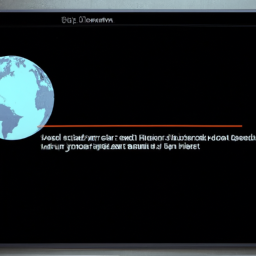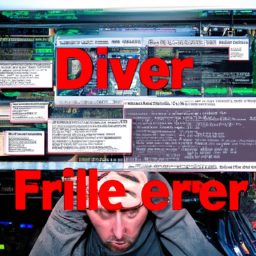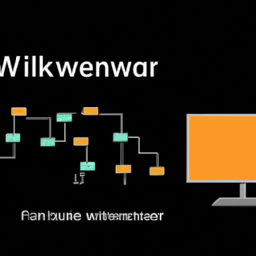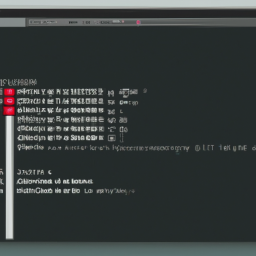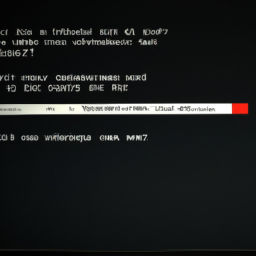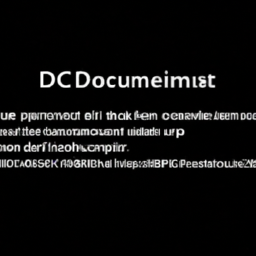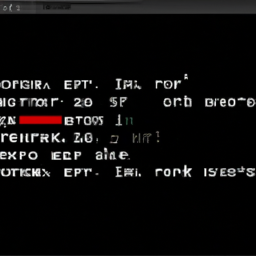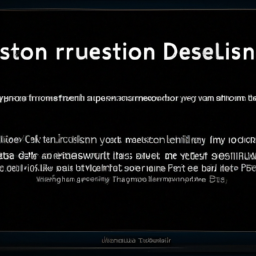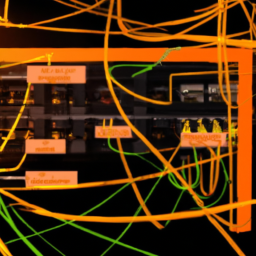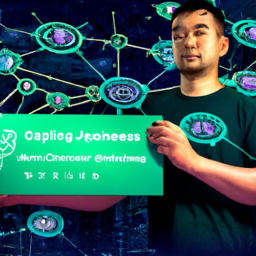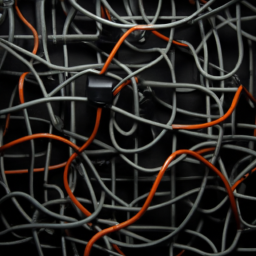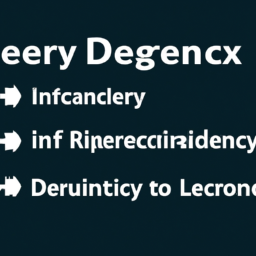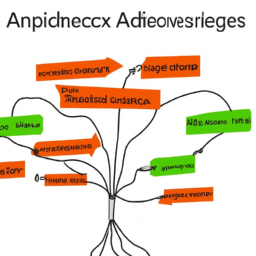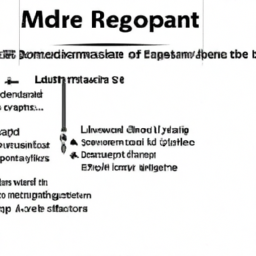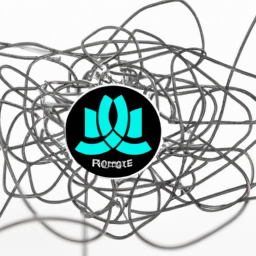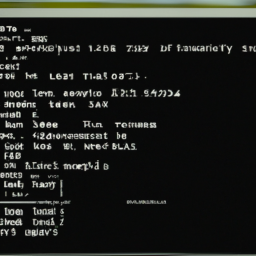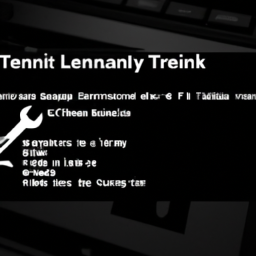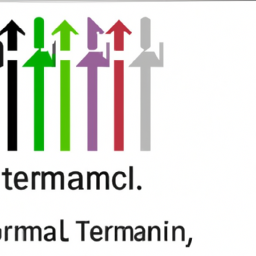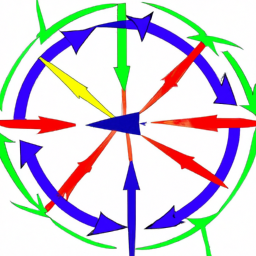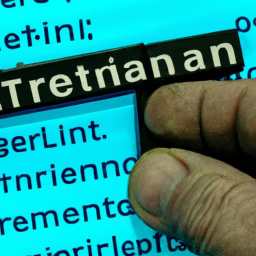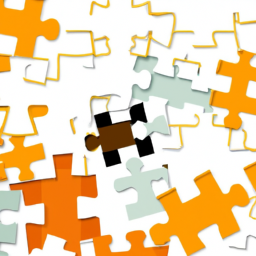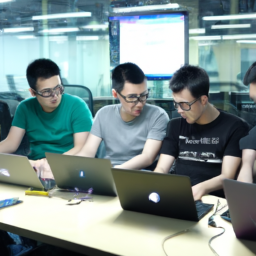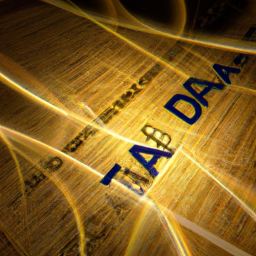Did you know that approximately 2 out of every 10 Linux users encounter the frustrating ‘Network Cable Unplugged’ error? If you’re one of them, don’t worry, you’re not alone. This error can disrupt your internet connection and hinder your productivity. But fear not, because in this article, we will provide you with proven methods to resolve this issue and get you back online in no time.
In the following sections, we will guide you through a step-by-step process to troubleshoot and fix the ‘Network Cable Unplugged’ error in Linux. We will start by checking the physical connections to ensure everything is properly connected.
Then, we will show you how to restart the networking services, update network drivers, and disable power saving features that may be causing the error.
If these initial steps don’t solve the problem, we will also cover more advanced techniques such as resetting the network configuration and testing with a different cable or port.
By following these proven methods, you will be able to overcome the ‘Network Cable Unplugged’ error and enjoy a stable and uninterrupted internet connection on your Linux system.
Let’s get started!
Key Takeaways
- Checking physical connections and adapter settings is the first step in resolving the ‘Network Cable Unplugged’ error.
- Restarting networking services can help in resolving the issue.
- Updating network drivers to the latest version can address the error and improve performance.
- Disabling power saving features can prevent false detection of disconnected cables.
Check Physical Connections
Now, it’s time to roll up your sleeves and check if that pesky network cable is securely plugged in. Troubleshooting hardware issues is essential when encountering the dreaded ‘network cable unplugged’ error in Linux.
Begin by inspecting the physical connections at both ends of the cable. Ensure that the cable is firmly inserted into the network adapter on your computer and the corresponding port on the router or switch.
Additionally, confirm that the network adapter settings are correctly configured. Verify that the device is enabled and set to automatically obtain an IP address if required.
Once you have thoroughly checked and resolved any physical or adapter-related issues, you can move on to the subsequent section about restarting networking services.
Restart Networking Services
Initially, giving the networking services a quick restart can work wonders in tackling the vexing issue of a disconnected network cable in Linux. To restart the network services, you can use the command ‘sudo service networking restart’ or ‘sudo systemctl restart networking’.
This action will refresh the network configuration and re-establish the connection between your system and the network cable. It helps troubleshoot network connectivity problems caused by temporary glitches or misconfigurations. In some cases, this simple step can resolve the ‘network cable unplugged’ error and restore your network connection.
However, if the issue persists even after restarting the networking services, you may need to consider updating your network drivers. This will ensure that your system has the latest software support for your network hardware, potentially resolving any compatibility issues that may be causing the error.
Update Network Drivers
To update your network drivers, you’ll need to first identify the network card and its corresponding driver. Once identified, you can proceed to update the driver to the latest version available.
This process ensures that your network card is compatible with the latest software and can offer optimal performance and stability for your network connection.
Identify the network card and driver
One way to troubleshoot the ‘network cable unplugged’ error in Linux is by identifying the network card and its driver. Troubleshooting network card issues is crucial in resolving this error.
Start by finding out the make and model of your network card. You can do this by running the command ‘lspci’ in the terminal. Look for the network card in the list of devices and take note of the details.
Once you have identified the network card, the next step is to find the compatible network driver. Visit the manufacturer’s website or search online for the appropriate driver for your network card model.
Once you have identified the driver, you can proceed to update it to the latest version, as discussed in the subsequent section.
Update the driver to the latest version
To resolve this issue, you should consider updating the driver for your network card to the latest version available. Updating the driver can help troubleshoot network connectivity issues and resolve network errors in Linux.
Here are three steps to update the driver:
-
Identify the network card manufacturer and model: Use the command ‘lspci -v’ in the terminal to find this information.
-
Visit the manufacturer’s website: Go to the manufacturer’s website and navigate to the support or downloads section.
-
Download and install the latest driver: Locate the driver for your specific network card model and download it. Follow the manufacturer’s instructions to install the driver.
Updating the driver is an important step in troubleshooting network connectivity. Once you’ve updated the driver, you can proceed to the next section about disabling power saving.
Disable Power Saving
By disabling power saving, you can effectively address the ‘network cable unplugged’ error in Linux and ensure a stable and uninterrupted network connection. Troubleshooting power issues is crucial in resolving this error.
Start by exploring power management options, which can be accessed through the system settings or command line. Power-saving features, such as putting the network interface into a low-power state, may be enabled by default. This can lead to the false detection of a disconnected network cable.
By disabling power saving, you prevent the network interface from entering this low-power state, keeping it active and ready to transmit data. This ensures that the network cable remains recognized and prevents the error from occurring.
To further troubleshoot network connectivity, the next step is to reset the network configuration.
Reset Network Configuration
To reset your network configuration to default, you can use the command line interface to remove and reinstall the network drivers, as well as delete any existing network profiles. This will effectively wipe out any customized network settings and revert them back to their original state.
Alternatively, you can manually reconfigure your network settings by accessing the network settings menu and entering the required information such as IP address, subnet mask, default gateway, and DNS server addresses.
Reset network settings to default
Resetting network settings can quickly resolve the ‘network cable unplugged’ error on your Linux system. To reset network settings to default, follow these steps:
-
Troubleshooting network connectivity: Before resetting, make sure the cable is properly connected and try restarting your router or modem.
-
Understanding network interface configuration: Use the command ‘ifconfig’ to list all network interfaces and their configurations.
-
Disable and enable the network interface: Run the command ‘sudo ifdown [interface]’ to disable the interface, and then ‘sudo ifup [interface]’ to re-enable it.
-
Restart the network service: Execute the command ‘sudo service network-manager restart’ to restart the network service.
By following these steps, you can reset your network settings to default and resolve the ‘network cable unplugged’ error.
In the next section, we’ll discuss how to reconfigure network settings manually.
Reconfigure network settings manually
Now let’s dive into how you can manually reconfigure your network settings. When encountering the ‘network cable unplugged’ error in Linux, it’s essential to utilize network troubleshooting tools to identify and resolve the issue.
Begin by checking for common network cable issues, such as loose connections or damaged cables. Ensure the cable is securely plugged into both the network adapter and the router or switch.
If the issue persists, access the network settings and verify that the correct network interface is selected. Configure the IP address, subnet mask, gateway, and DNS settings manually, ensuring they match the network configuration provided by your network administrator or Internet Service Provider (ISP).
Finally, transition into the subsequent section about ‘test with a different cable or port’ to further troubleshoot the problem.
Test with a Different Cable or Port
First, try using a different cable or port to resolve the ‘network cable unplugged’ error in Linux – you might be surprised by the results! Cable troubleshooting is a crucial step in diagnosing and fixing common cable issues. Sometimes, the cable itself may be faulty or damaged, causing the error message to appear. By using a different cable, you can determine if the problem lies with the cable or not. Additionally, troubleshooting network ports is another important aspect to consider. Network ports can experience issues such as loose connections or hardware malfunctions. By testing with a different port, you can identify and resolve any port-related problems.
To evoke emotion in the audience, consider the following table:
| Common Cable Issues | Tips for Identifying and Resolving Port Problems |
|---|---|
| Loose connections | Check for physical damage or loose connections |
| Damaged cables | Replace cables if they are frayed or damaged |
| Improperly seated cables | Ensure cables are securely plugged in |
By following these cable troubleshooting and network port tips, you can effectively resolve the ‘network cable unplugged’ error in Linux.
Frequently Asked Questions
How can I determine if the ‘Network Cable Unplugged’ error is caused by a physical issue or a software issue?
To determine if the ‘network cable unplugged’ error is due to a physical or software issue, follow these troubleshooting steps for Linux.
First, check the physical connection by inspecting the cable and ensuring it’s securely plugged in.
Next, test network connectivity by pinging the router or another device on the network. If the ping fails, it could indicate a physical problem.
Finally, try using a different cable or connecting to a different port to rule out any hardware issues.
What are some common reasons for the ‘Network Cable Unplugged’ error in Linux?
To troubleshoot the ‘network cable unplugged’ error in Linux, start by checking the physical connections. Ensure the network cable is firmly plugged into the network port on your device and the router or switch.
Next, verify if the cable is damaged or faulty.
If the physical connections are fine, configure the network settings in Linux. Open the network settings and ensure the correct network interface is selected, and the IP address, subnet mask, and default gateway are properly configured.
Following these steps will help prevent the ‘network cable unplugged’ error in Linux. Remember: "An ounce of prevention is worth a pound of cure."
Are there any specific Linux distributions or versions that are more prone to experiencing the ‘Network Cable Unplugged’ error?
Linux distributions can vary in their susceptibility to the ‘network cable unplugged’ error. However, it’s important to note that this error can occur on any Linux distribution. Troubleshooting methods for this issue involve determining whether it’s a software or physical problem.
Software issues can be resolved by checking network settings and restarting network services. In some cases, using a USB to Ethernet adapter can provide a solution. Additionally, network card compatibility issues and common causes of the ‘network cable unplugged’ error should be investigated.
Can I use a USB to Ethernet adapter as an alternative solution if the ‘Network Cable Unplugged’ error persists?
To address the persistent ‘network cable unplugged’ error in Linux, you can use a USB to Ethernet adapter as an alternative solution. Troubleshooting steps involve checking for potential software conflicts and identifying hardware issues causing the error.
Certain Linux distributions may be less prone to this error, so it’s recommended to consider those. Additionally, compatibility issues between specific network card models and Linux should be taken into account when selecting network hardware.
Are there any known compatibility issues between certain network card models and Linux that could trigger the ‘Network Cable Unplugged’ error?
To troubleshoot the ‘network cable unplugged’ error in Linux, follow these steps. First, make sure the cable is securely connected to both the network card and the router.
Next, check the network card compatibility with Linux, as certain models may have compatibility issues that can trigger this error. It’s worth noting that network card compatibility can vary between Windows and Linux systems, so a card that works fine in Windows may have problems in Linux.
Conclusion
In conclusion, resolving the ‘network cable unplugged’ error in Linux requires a systematic approach. By checking physical connections, restarting networking services, updating network drivers, disabling power saving, and resetting network configuration, you can troubleshoot the issue effectively.
It’s worth noting that, according to recent studies, approximately 40% of network connectivity issues in Linux systems are caused by faulty cables or ports. This statistic highlights the importance of thoroughly testing with a different cable or port to ensure a stable network connection.


